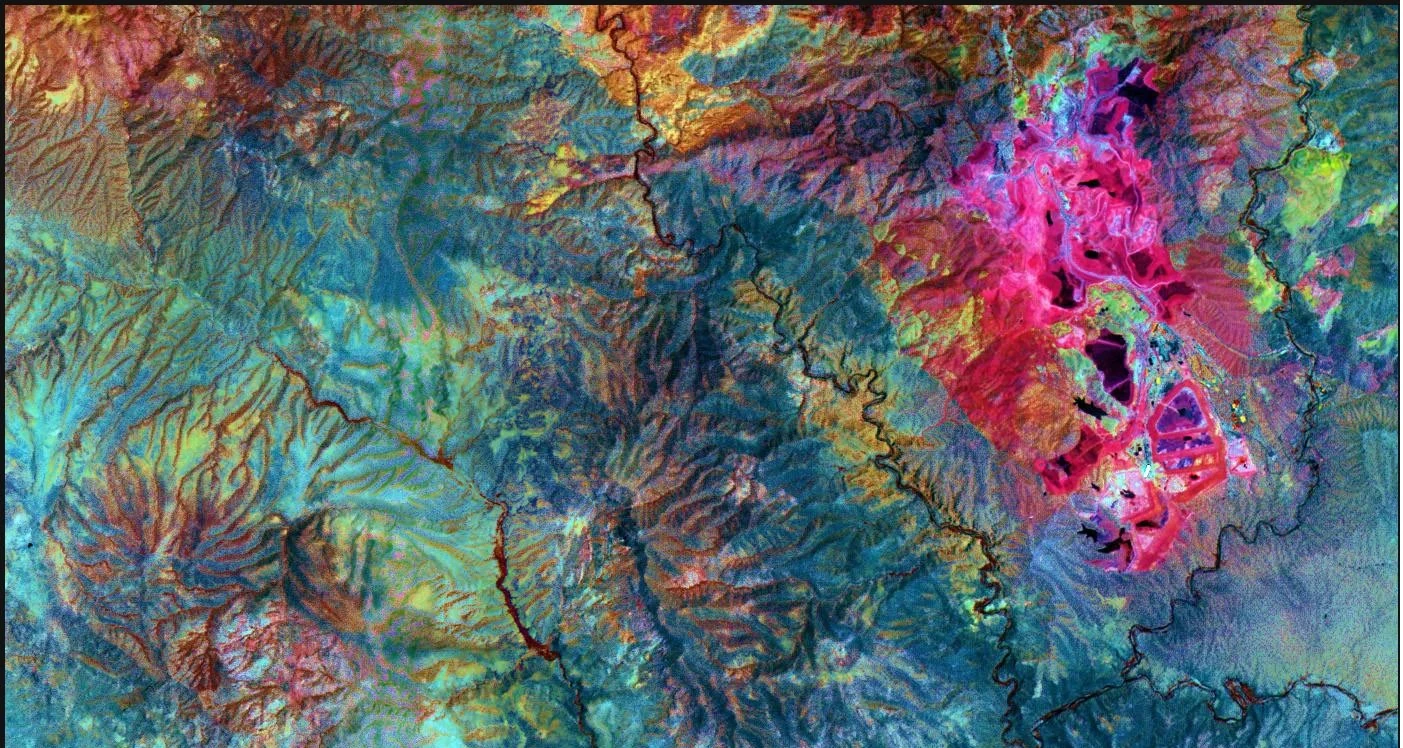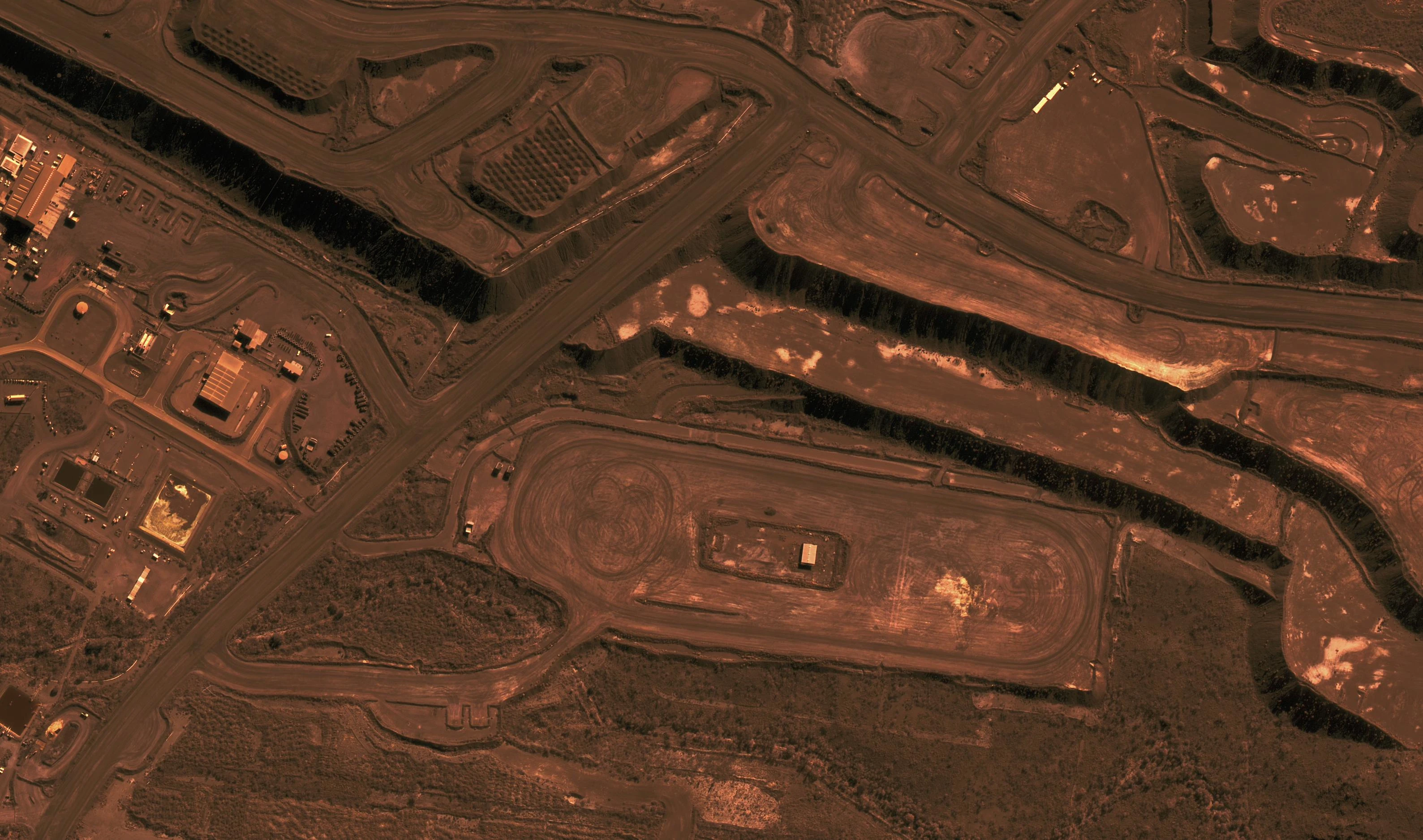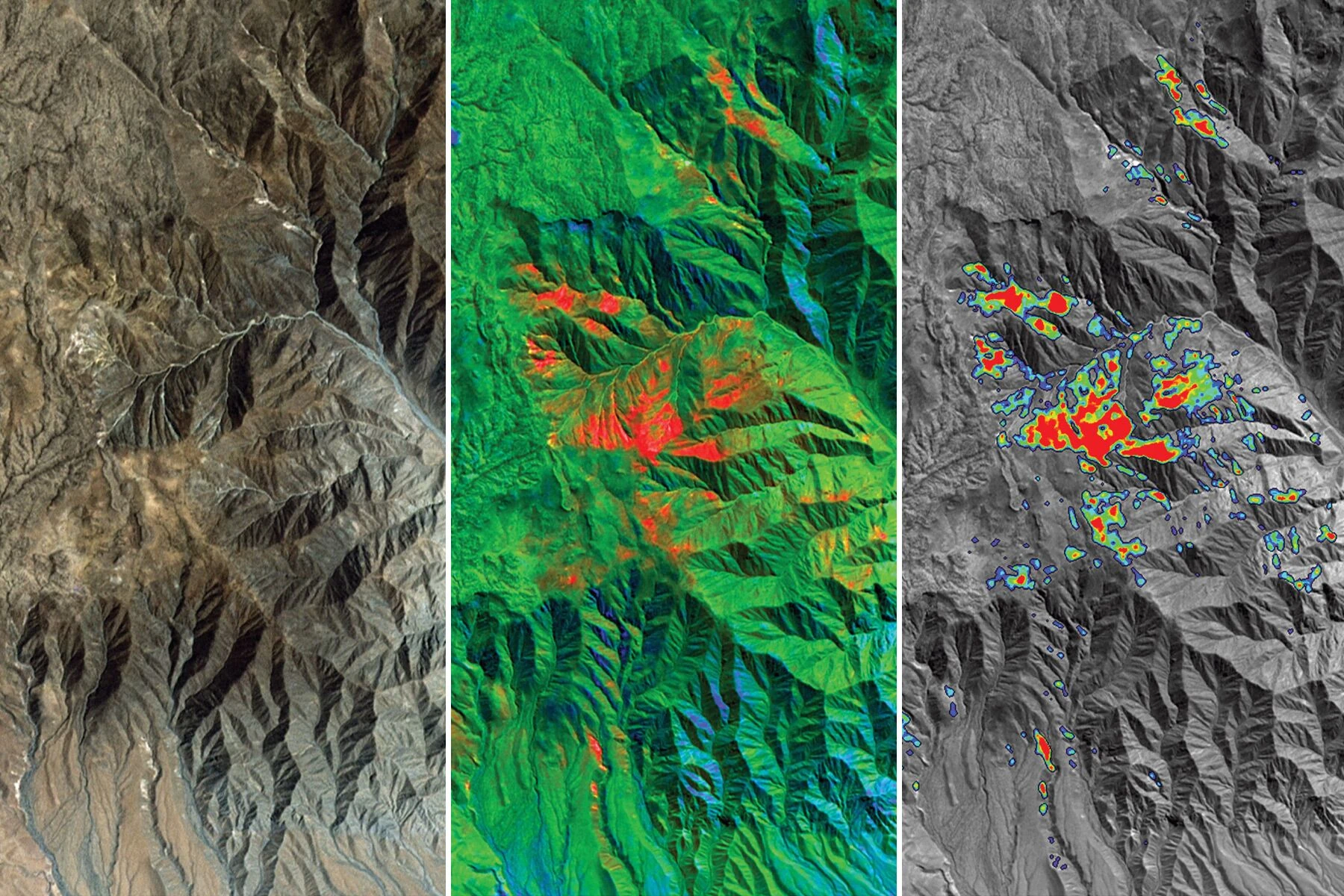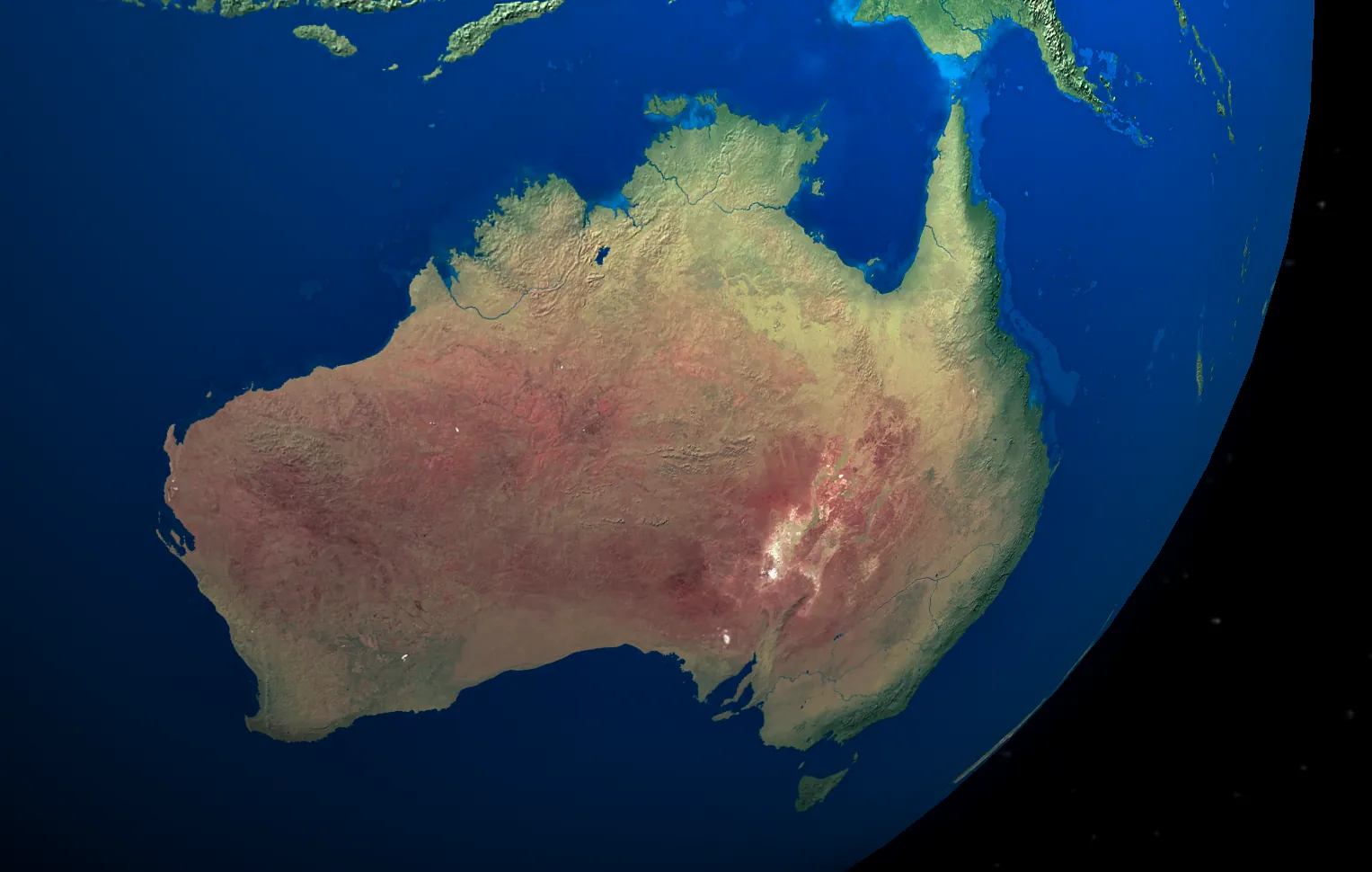Satellite Imagery Across the Entire Mining Lifecycle
Summary: Satellite Imagery in Mining
Satellite imagery provides crucial support throughout the mining lifecycle:
- During exploration, specialised sensors like WorldView-3 detect mineral alteration signatures and structural features
- For operational mines, regular satellite monitoring enables accurate measurement of disturbed areas for regulatory reporting
- During rehabilitation, multispectral capabilities help quantify vegetation cover and assess plant health
- Satellite data supports compliance with regulations like Western Australia’s Mining Rehabilitation Fund (MRF) and Queensland’s Progressive Rehabilitation and Closure Plan (PRCP)
- Modern satellite technology offers a cost-effective alternative to traditional ground surveys and aerial photography
As satellite technology advances with higher resolutions and improved spectral capabilities, its value to the mining industry continues to increase.
Using Satellite Imagery Across the Entire Mining Lifecycle
Satellite imagery has long been used throughout the various stages of mining operations. Recent advancements in data quality and processing capabilities have made satellite imagery more competitive and valuable for geologists and environmental teams to accurately capture, monitor, and report on the progress of mining operations throughout the entire lifecycle of a project.
Satellite Imagery for Mineral Exploration
Specialised satellite-based sensors capture different wavelengths of light that can help in the exploration of minerals. WorldView-3 and ASTER are two notable platforms that have transformed how mining companies approach exploration.
By detecting certain wavelengths of light in the short wave infrared spectrum (SWIR), these satellites are able to identify alteration minerals which can help in early-stage exploration projects to generate a list of potential mineralization targets for future exploration and drilling activity. This remote detection capability allows companies to narrow down vast regions to the most promising areas before deploying costly ground teams.

Using imagery and digital elevation models, geologists are able to interpret and identify lineaments like faults and fractures to better understand the regional structure. These structural features often control the movement and concentration of mineralizing fluids, making them critical indicators for potential deposits. Satellite-based structural mapping provides a regional perspective that might be missed at ground level.
With new environmental requirements like the Mining Rehabilitation Fund (MRF) in Western Australia, satellite imagery also plays a key role in environmental and disturbance monitoring, giving an objective environmental baseline before exploration activities take place, and also providing evidence for when exploration activity has been rehabilitated.
It also plays a key role in early exploration planning, helping teams identify optimal tracks and roads to access drill site locations in remote areas. This logistical planning capacity can significantly reduce the time and cost associated with establishing exploration operations.
Satellite Imagery for Operating Mine Sites
Satellite imagery provides an affordable way to monitor and track the ground disturbance across a mine site.
This is particularly important for states that require ongoing and frequent monitoring and reporting such as for the MRF in Western Australia and Progressive Rehabilitation and Closure Plan (PRCP) requirements in Queensland. Regular satellite imagery captures allows mining companies to:
- Accurately measure disturbed areas for regulatory reporting
- Track progressive rehabilitation efforts
- Monitor environmental impacts beyond the immediate mining area
- Document compliance with approved mining plans
It also allows operations teams to monitor all ongoing infrastructure projects and track development of various projects like road constructions, waste rock dump expansions, and tailings storage facility management.
This bird’s-eye view of operations supports more efficient planning and execution of mining activities.

Satellite Imagery for Mine Site Rehabilitation and Closure
Satellite imagery is an invaluable tool for the mine site rehabilitation and closure process. Frequent capture rates combined with the in-depth spectral information captured by satellite imagery allows the extraction of in-depth information on vegetation health and species to help monitor and prevent invasive species spread across a site.
The multispectral capabilities of modern satellites allow environmental teams to:
- Quantify vegetation cover percentages across rehabilitated areas
- Assess plant health through vegetation indices
- Track the establishment of desired vegetation communities
- Identify areas requiring remediation or additional attention
It also helps in reporting the rehabilitation of land, giving you a clear before and after view of mine site progress for MRF and PRCP reporting. This visual evidence of rehabilitation success is increasingly important for stakeholder engagement and regulatory approval for mine closure.
Conclusion
From initial exploration to final closure, satellite imagery provides mining companies with cost-effective, accurate, and comprehensive data throughout the mining lifecycle.
As satellite technology continues to advance with higher resolutions, more frequent revisit times, and improved spectral capabilities, its value to the mining industry will only increase.
By incorporating satellite imagery into their operational workflows, mining companies can enhance their exploration success, improve operational efficiency, ensure regulatory compliance, and demonstrate responsible environmental stewardship from the first drill hole to the final rehabilitation.



